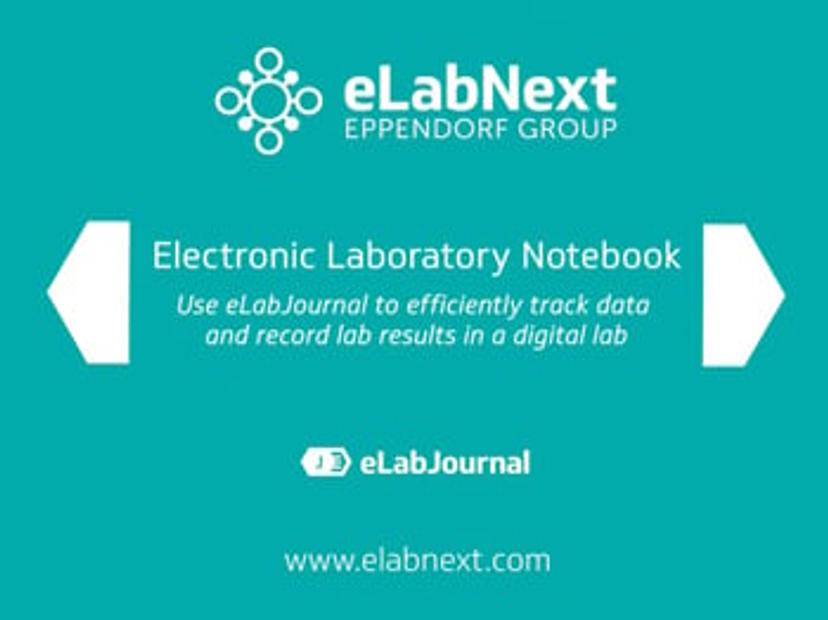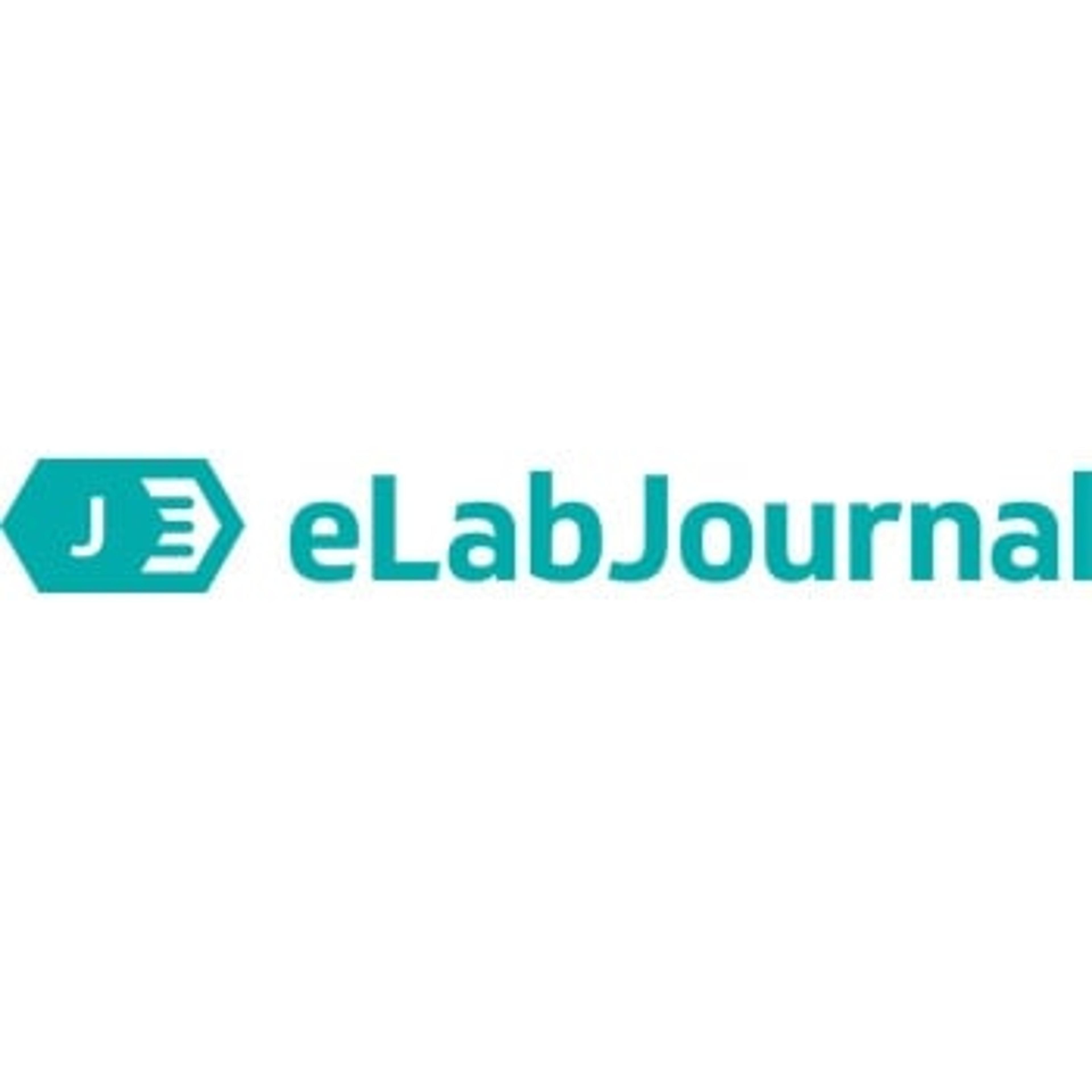Harnessing digital platforms for RNA-based therapeutics discovery and development
Learn how RNA technology is transforming therapy and drug discovery, aided by innovations in laboratory digitization
16 Dec 2022

RNA-based therapeutics have been considered as a genuine ‘game-changer’ in the life sciences, a disruptive technology with almost limitless applications in both genetic and infectious disease. Initially slow to take off despite their potential, the successful deployment of RNA-based vaccines during the COVID-19 pandemic has helped to turn RNA-based therapeutics into a rapidly expanding category of drugs that could transform the standard of care for many diseases, helping to advance personalized medicine at the same time.
RNA molecules are cost-effective, relatively simple to manufacture, and can target previously ‘undruggable’ pathways. But that potential still requires streamlined workflows, efficient data-sharing and effective communications across states, countries, and continents. Laboratory digitization platforms have gained significant ground in recent years and are being adopted more widely alongside artificial intelligence (AI) and machine learning.
In this SelectScience® article, we speak with Dr. Andre Serobian, Chief Innovation and Commercialization Officer at the University of New South Wales (UNSW) RNA Institute in Australia, and Lara Matthews, Business Development Manager at eLabNext, to understand the coming revolution in RNA-based therapeutics and the underpinning importance of lab digitization.
RNA-based therapeutics – a limitless future?
According to Matthews, the Australian biotechnology and life sciences industry is on a roll, experiencing a 43% growth since the COVID-19 pandemic first hit. RNA technology has been a major contributor to that growth, but it also includes new efforts in gene therapy and viral vector manufacturing. Working out of the UNSW RNA Institute, Serobian explains his excitement around RNA-based therapeutics, “This type of technology allows us to get into diseases that were previously untouchable, untargetable, or not treatable at all,” he says. “We can go down to and almost influence at a genetic level, especially for cancer, vaccines, and rare genetic disorders.”
Making an analogy with computing, Serobian describes RNA as the ‘software of life’ running on the DNA computer. He invites us to imagine a future in which diseases are cured directly by RNA technology and no longer tackled via symptom treatment, requiring only that the molecules are conceived correctly to make them effective. “RNA is a real game-changer in therapeutics,” he enthuses. “We’ll even go down the path – and there’s already work being done here – of neurodegenerative diseases such as Alzheimer’s, dementia and Parkinson’s disease,” he ventures.
But Serobian and his colleagues at the UNSW RNA Institute understand that good science only takes you so far. In a frenetic world where data storage, data sharing, and effective communication is key, life science labs are increasingly adopting digitization to streamline their workflows and speed up therapeutics delivery.
Moving towards laboratory digitization
The UNSW RNA Institute has recently initiated the adoption of the digital laboratory platform from eLabNext, and remains in the process of developing the necessary systems. Serobian is convinced of the need to implement as much digital technology as possible, emphasizing the efficiency gains and how it provides technology transfer between different process levels, different groups, and across the institute’s network as a whole. Communication is key, as Serobian explains, “A digital platform like eLabNext just makes everything so much more efficient and so much better for information transfer, really communicating the essentials you need for progress and for a project not to lose momentum,” he asserts.
Serobian describes a scenario in which a colleague is trying to find a sample or a particular hand-written entry in a notebook from six months ago, that was stored or recorded by a staff member who has since left the organization. This leads him to conclude that “it’s virtually impossible – digitization is crucial, and for any company that supports it and makes that part easier, I think the whole industry will benefit.”
COVID-19 – a driver of digitization

Serobian reflects in particular upon how he considers the COVID-19 pandemic to have been a proving ground for digitization, simply by dint of medical necessity. “When the virus was spreading all around the world, you had groups working frantically to create a vaccine,” he recalls. “It only became possible because of process and production efficiency and digitization of all that information. It created a critical path and would have been impossible otherwise,” he claims.
According to Serobian, AI also contributed significantly to the COVID-19 vaccine effort, and he asserts that developing things quickly when times are critical can only happen when digital technologies are implemented. Matthews concurs, emphasizing “the collaboration aspect of being able to work on these advancements by transferring data quickly and seamlessly across the world.” She further adds, “You’re also saving so much money and time by not repeating failed experiments, for example. You can see where an experiment failed, make that information available to everyone so that no-one else repeats what didn’t work, and find a solution that works far quicker.”
Matthews asserts that there is a ‘massive’ trend towards digital platform uptake in general, sometimes incorporating AI and machine learning, and that the Australian market has now seen its value in data use and sharing. She also indicates that eLabNext’s digital platforms have multiple AI plug-ins already that are freely available to their users.
What’s next for RNA-based therapeutics
Serobian offers an intriguing view of the future, “It’s really about tapping into disease states that we couldn’t tackle before, including infectious diseases, but it will also be used for wider applications of vaccines and to diagnose diseases,” he claims. “We’re going to see it being used as a platform or tool for all those areas. Everything can be tweaked in such a way to create a tool that is almost like a Swiss army knife, if you will,” he concludes.

